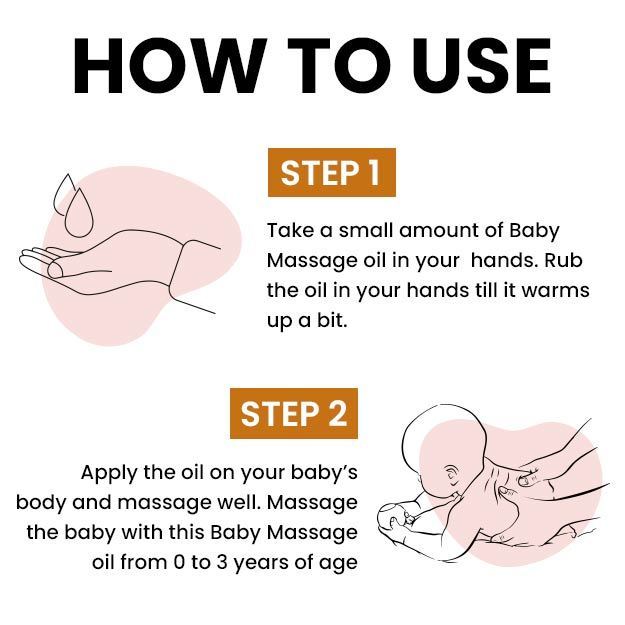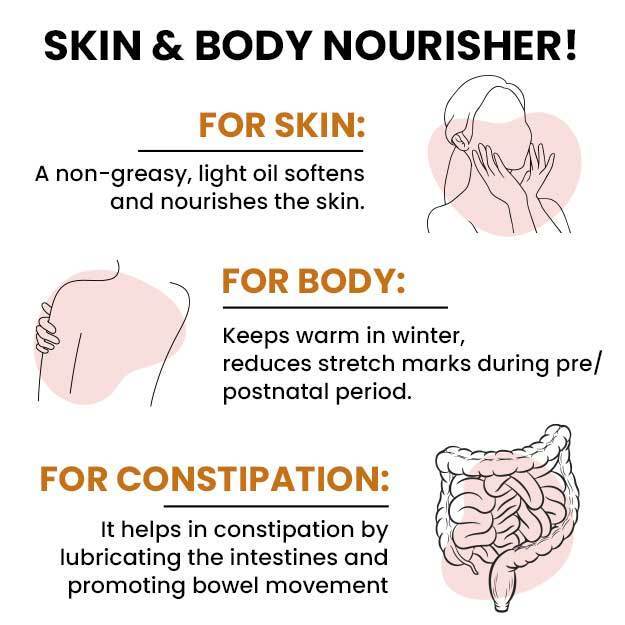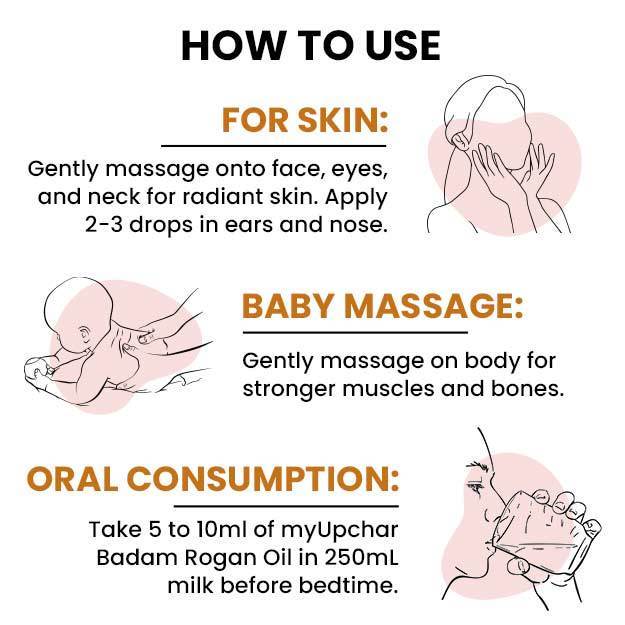Diabetes is a chronic disease that occurs either because the body is unable to produce enough insulin or cannot use insulin normally. The prevalence of diabetes is increasing globally and is a major cause of concern. The World Health Organization (WHO) data show that the number of people globally with diabetes rose from 108 million in 1980 to 422 million in 2014, while the global prevalence of diabetes among adults above 18 years of age rose from 4.7% to 8.5% during the same period.
The WHO also mentions that diabetes prevalence is rising more rapidly in low- and middle-income countries, and has reached almost pandemic proportions across the globe. As a chronic disease which increases the risk of blindness, kidney failure, heart attacks, stroke and amputation of the lower limbs, diabetes needs to be taken more seriously by all, especially in countries like India. This is also because, along with an overall increase in diabetes prevalence, the incidence of diabetes in children is also rising.
Previously, only type 1 diabetes was considered to be a childhood disease. Type 2 diabetes was known as adult-onset diabetes because it rarely showed up in children. But, in recent years, type 2 diabetes prevalence has increased among children, primarily due to rising obesity among children. Managing diabetes in children may be more difficult since it’s a chronic disease and will have to be managed for a much longer time.
This is the reason why parents of children with diabetes, either type 1 or type 2, need proper guidance to help their children out. From daily insulin shots to sticking to a strict and healthy diet, managing diabetes in children can be a long and arduous process and is likely to be a huge responsibility for parents. Read this article to find out everything you need to know about diabetes in children.
- Diabetes prevalence among Indian children
- Type 1 diabetes in children
- Forms of type 1 diabetes in children
- Risk factors for type 1 diabetes in children
- Symptoms of type 1 diabetes in children
- Diagnosis of type 1 diabetes in children
- Treatment of type 1 diabetes in children
- Type 2 diabetes in children
- Risk factors for type 2 diabetes in children
- Symptoms of type 2 diabetes in children
- Diagnosis of type 2 diabetes in children
- Treatment of type 2 diabetes in children
- Complications of type 2 diabetes in children
- How to help your child live through diabetes
Diabetes prevalence among Indian children
A study published in the Annals of Pediatric Endocrinology and Metabolism in 2018 describes how India is one of the biggest global diabetes epicenters. The study reveals that despite being home to the largest population of children in the world, the significant burden of diabetes among Indian children does not get as much attention as diabetes in adults does. This is also the reason why the exact prevalence of childhood diabetes in India is not known.
The study also mentions how Indians have a higher percentage of body fat and visceral fat when compared to Caucasians with similar body mass index. This has led to the idea that Indians have a specific diabetes phenotype which is often passed down genetically, making many children predisposed to obesity and diabetes.
Gestational diabetes is considered to be another reason why children are at risk of getting diabetes early on in their lives. Many studies also link diabetes with the consumption of cow’s milk protein allergy, but more research is needed to establish this link. Addressing these underlying causes behind childhood diabetes can perhaps help reduce the burden of this disease in India, both among children and adults both.
Type 1 diabetes in children
Also known as insulin-dependent diabetes, juvenile diabetes, or childhood-onset diabetes, type 1 diabetes occurs when the pancreas does not produce enough insulin, the hormone which regulates blood glucose levels. Type 1 diabetes is often also characterized as an autoimmune disorder. The body’s immune system mistakenly attacks the cells in the pancreas, which in turn affects its ability to make insulin. Without sufficient insulin, glucose cannot enter the cells, and so the glucose builds up in the blood instead thereby causing hyperglycemia or high blood sugar.
This high blood sugar level causes a lot of problems throughout the body and can harm the eyes, kidneys and heart. Type 1 diabetes is the more common type of the disease found in children. There is currently no known way to prevent type 1 diabetes in children or adults. Children and teenagers with Type 1 diabetes may need to take insulin every day to manage the condition. They also need to follow a proper diet, exercise and sleep routine throughout their lives.
Forms of type 1 diabetes in children
Type 1 diabetes is a chronic disease and can start at any age. There are basically two forms of type 1 diabetes that children may suffer from.
Immune-mediated diabetes: This is an autoimmune disorder which attacks the cells of the pancreas, which is then unable to make insulin.
Idiopathic Type 1: This is the rarer form of type 1 diabetes and the precise cause behind it is not known.
Risk factors for type 1 diabetes in children
The following are some of the risk factors for type 1 diabetes that may increase a child’s chances of getting the disease at an early age.
- If a family member, especially one or both parents, have diabetes, the condition can be passed down to the child with the genetic marker known as human leukocyte antigen (HLA) complex.
- Certain viral infections like German measles and mumps can trigger the development of type 1 diabetes.
- Having other autoimmune diseases can also be the reason behind having the HLA complex marker, in which case, type 1 diabetes may be triggered too.
Symptoms of type 1 diabetes in children
Type 1 diabetes can have a sudden onset in children, and the symptoms may resemble those of flu. The symptoms may also differ from child to child, but the following are some common ones that the child may experience:
- High levels of glucose in blood and urine (when tested)
- Dehydration and unusual thirst
- Frequent urination
- Extreme hunger with simultaneous weight loss
- Blurred vision
- Weakness and fatigue
- Belly pain
- Nausea and vomiting
- Changes in mood and increase in irritability
- Fruity breath
- Yeast infection in young girls
Diagnosis of type 1 diabetes in children
If your child shows symptoms of type 1 diabetes then you must consult your pediatrician or healthcare provider about it. The doctor will ask about your family medical history to enquire if anybody has diabetes, and also conduct a physical exam on your child. The following blood tests may be conducted to ascertain your child has type 1 diabetes:
- Fasting plasma glucose is examined by collecting blood samples after eight hours of not eating any food.
- Random plasma glucose is taken when symptoms like hunger, thirst and frequent urination are missing.
Treatment of type 1 diabetes in children
If your child is diagnosed with type 1 diabetes, the doctor will discuss the appropriate treatment options with you. The following are some of the ways to treat type 1 diabetes in children:
- Children with type 1 diabetes have to be given insulin injections every day for their body to synthesize the sugar properly. The doctor will show you how to administer these injections every day to your child.
- Diet management is crucial in the treatment of diabetes, so your child will have to strict meal timings and limit the intake of foods with high glycemic index.
- Exercising regularly can also help lower blood sugar levels, so your child should be active and must play or exercise for at least 30 minutes every day.
- Regular blood tests will have to be conducted to ensure that the child’s blood sugar levels are within the range of normal readings. If not, contacting the doctor is essential.
- Regular urine tests will have to be conducted to check the ketone levels. If they are high, then your doctor should know immediately.
Type 2 diabetes in children
Unlike type 1 diabetes which is an autoimmune disorder, type 2 diabetes is a metabolic disorder. It occurs when the pancreas does not produce as much insulin as it should. Type 2 diabetes was known as adult-onset diabetes previously because it rarely showed up in children or teens. Now, however, type 2 diabetes cases in children are on the rise.
This is primarily because of the obesity pandemic. Studies indicate that children today are less active than before, and this increases their risks of becoming overweight and obese. This in turn increases their risks of developing type 2 diabetes, hypertension and even heart disease at a much younger age. Apart from this factor, having a family history of diabetes or being born to a mother who had gestational diabetes also increases a child’s risk of developing type 2 diabetes.
Risk factors for type 2 diabetes in children
The following are some of the risk factors that can increase the chances of your child developing type 2 diabetes at a very young age:
- Family history of type 2 diabetes
- Being overweight or obese
- Not exercising regularly
- A low level of high-density lipoprotein (HDL) cholesterol
- A high triglyceride level
- Female gender
- Being prediabetic or having slightly high blood sugar levels
Symptoms of type 2 diabetes in children
There are cases where type 2 diabetes does not cause any symptoms in children, especially early on. When symptoms do occur, they can include the following:
- Frequent urination and excess thirst
- Frequent bladder infections
- Skin infections or wounds don’t heal very easily
- Feeling hungry and yet losing weight
- Blurred vision
- Weakness and fatigue
- Nausea and vomiting
- Mood changes and increased irritability
- High levels of blood sugar when tested
- Tingling, numbness or loss of feeling in the hands
Diagnosis of type 2 diabetes in children
Children who are at a high risk of developing type 2 diabetes, are prediabetic or show the symptoms of type 2 diabetes should be screened properly by a doctor to ascertain if they have the disease. Usually, this screening may include the following tests:
- Glycated hemoglobin A1C test measures the amount of glucose in the red blood cells. It therefore shows the average blood glucose levels not just currently but also of the last three months.
- Fasting plasma glucose is taken after eight hours of not consuming any food.
- Oral glucose tolerance test is done by measuring the blood glucose levels of the child about two hours after giving them a glucose drink.
- Urine tests to check the ketone levels may also be recommended by the doctor.
Treatment of type 2 diabetes in children
The treatment protocol for type 2 diabetes will depend on your child’s overall health and the severity of the disease. The goal of the treatment for a child with type 2 diabetes is to keep the blood glucose levels under control. For this, the following treatments may be recommended:
- A healthy, balanced diet consisting of foods with a low glycemic index
- Weight loss, if recommended
- Regular exercise and strict meal timings
- Appropriate insulin replacement therapy as recommended by the doctor
- Regular screening of blood sugar levels
- Oral medications to control blood sugar levels, if recommended
Are you also troubled by obesity and are not able to lose weight even after a lot of efforts, then start using myUpchar Ayurveda Medarodh Weight Control Tablet today and control your weight.
Complications of type 2 diabetes in children
Children with type 2 diabetes are at a huge risk of developing a number of health issues throughout their lives. Some may appear early on if diabetes and associated obesity are left untreated for too long. Other possible complications may show up later in life as the disease slowly affects different organs and organ systems in the body. The following are some of the common complications of type 2 diabetes in children in the short and long terms.
- High blood pressure
- High cholesterol
- Non-alcoholic fatty liver disease
- Depression
- Eating disorders
- Vascular disease and heart diease
- Kidney disease
- Eye damage
- Damage to the nervous system and greater risk of neurodegenerative diseases
How to help your child live through diabetes
Whether your child has type 1 diabetes or type 2 diabetes, you need to know that this is a chronic condition, and your child is likely to live with it for the rest of his or her life. The entire lifestyle of your child will have to revolve around keeping the blood glucose levels in check. The healthy lifestyle habits that can help your child control his or her diabetes will have to be instilled by you early on so that they can be followed through for the rest of their life.
This is a great responsibility indeed. It may help if you change the lifestyle of the entire family to accommodate and normalise these habits for your child. The fact that these habits are likely to be good for your health too should help you convince the family to make the changes. Inculcating and developing a healthy lifestyle that keeps blood sugar levels in check should be done by involving the entire family. Your focus should be on the following:
- Getting more fiber into the diet by eating enough fruits, vegetables, whole grains, nuts and seeds.
- Avoiding high-fat foods or those with a high glycemic index.
- Eating smaller portion sizes, but maintaining regular and frequent meal times.
- Avoiding sugar, sugar products, sugary drinks, etc
- Regular exercise to keep weight and body fat levels in check. Taking up an outdoor activity like cycling, jogging, or an outdoor sport can help your child stay fit.
- Limiting screen time to an hour or two in the day. The less time your child spends in front of a screen, the more likely is he or she to be inactive or lead a sedentary lifestyle.
Doctors for Diabetes in children

Dr. Anil Pathak
Pediatrics
42 Years of Experience

Dr. Pritesh Mogal
Pediatrics
8 Years of Experience
Dr Shivraj Singh
Pediatrics
13 Years of Experience

Dr. Varshil Shah
Pediatrics
7 Years of Experience
References
- MedlinePlus Medical Encyclopedia [Internet]. US National Library of Medicine. Bethesda. Maryland. USA; Diabetes in Children and Teens
- Nemours Children’s Health System [Internet]. Jacksonville (FL): The Nemours Foundation; c2017. Type 1 Diabetes: What Is It?
- Stanford Children's Health: Lucile Packard Children's Hospital [Internet], Stanford. USA; Type 1 Diabetes Mellitus in Children
- World Health Organization [Internet]. Geneva (SUI): World Health Organization; What are the risks of diabetes in children?
- HealthyChildren.org [internet] American Academy of Pediatrics. Illinois, United States; Diabetes in Children.
- Silverstein, Janet. et al. Care of Children and Adolescents With Type 1 Diabetes. Diabetes Care 2005 Jan; 28(1): 186-212.
- Stanford Children's Health: Lucile Packard Children's Hospital [Internet], Stanford. USA; Type 2 Diabetes in Children
- Reinher, Thomas. Type 2 diabetes mellitus in children and adolescents. World J Diabetes. 2013 Dec 15; 4(6): 270–281. PMID: 24379917


























